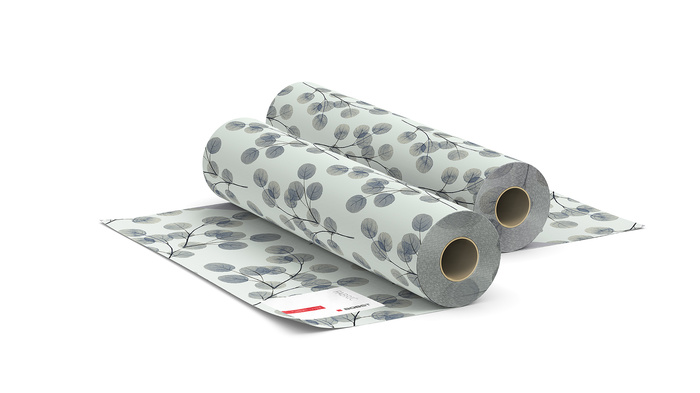Textile printing
The global digital textile printing market was valued at $2.2 billion in 2019, and is expected to reach $8.8 billion by 2027 (1), growing at a CAGR of 19.1% from 2020 to 2027. Digital textile refers to any inkjet-based printing process of various colorant types onto different fabrics. It is used on smaller garments and on large format textile rolls for households and fashion goods production.
Digital textile printing provides opportunities. This rapid and lucrative market expansion is being fueled by a series of factors including technical innovations and evolving end-user demands.
Textile printing and converting is a major market which will undergo a digital transformation as other markets did.
Trends
Cotton, silks and polyester represent the main substrates. Cotton holds a dominant position. Application displays and soft signage is the leading segment closely followed by clothing and garments having a major growth. Household and technical textiles are currently the smallest segment but they are expected to grow.
Various technologies and ink types are available - reactive, acid, direct disperse, pigment, sublimation and others. The water based inks with dye or pigments are the ones developing the fastest as they are preffered by the brands and textile users.
Initially, inkjet printing was used for soft signage as an extension of the sign & display market. For true textile production, inkjet was initially for prototyping and one-offs. With more efficient production equipment, digital printing is becoming more mainstream addressing the needs to personalize and customize.
Haute couture and high street fashion are in demand for digital print. Fast fashion and multiple mini-seasons play in favor of digital as it translates into more new designs and multiple repeat runs of short orders. This potential is also relevant for the home decor segment with bespoke interior furnishings.
Another trend associated to digital printing is the ability to deliver quick turnaround times and relocating textile printing to regions like Europe is rising.
BOBST solutions
Transfer printing is handled with utmost efficiency and quality by the MASTER RS 4004 and MASTER RS 6003 gravure presses. The LB702-UV is the world’s only high quality industrial 8-color printer, for brilliant color prints on any kind of fabric with linear print speeds of up to 100 m/min. The textile printing industry is changing and both traditional and digital technologies will coexist.

